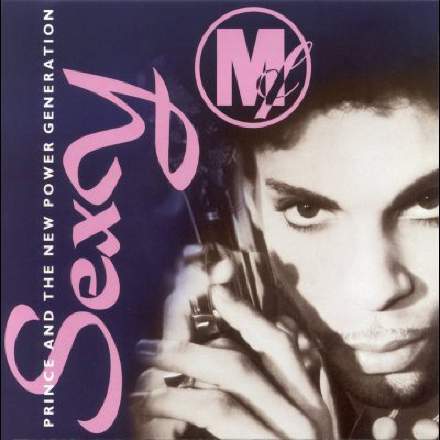
While hardly his best-selling single, this dance-party favourite is the one, above all others in this sadly departed artist’s oeuvre, that really slays me from a mix perspective. The groove is tight as a duck’s arse, but with no lack of funkiness, and I love the way neither the kick nor the bass is particularly aggressive sonically, but both nonetheless manage to come through the mix as independent elements, such that complicated interactions between them (such as those under the signature brass swell at 0:42, for example) can be fully appreciated. It’s difficult to reverse-engineer the reasons for this clarity when you’re listening to both together, so it’s handy that there’s a small section where the bass drops out at 3:00, revealing the drum’s firm damping and tasteful, not-too-bright beater slap.
The bass line, for its part, doesn’t go for the aggressive mid-range spectral peakiness that frequently distinguishes funk-bass timbres, but rather opts for a smoother but still well extended mid range at a lower relative level. Although this isn’t as immediately ear-catching, it does maintain a good sense of warmth while nonetheless remaining very robust in terms of small-speaker carry-through — in other words, no matter how lumpy or restricted the frequency range of a consumer’s speaker, this bass line always somehow manages to make its presence felt.
Another aspect of this mix that’s very effective is the stereo contrast that’s made between the main riff’s wide snare/horn stabs and all the central instruments, including kick, bass, rhythm guitar, and vocal. What this does is create a dramatic rhythmic pulsing of the stereo width (usually on the first and fourth eighth-notes of each bar) that adds tremendously to the sense of excitement and internal movement in this track. To hear this effect at its starkest, check out the baritone sax’s moment of glory at 1:38, as well as the dry-as-bone guitar solo at 3:00 — another surprisingly understated tone, given the instrument’s lead role at that point.










